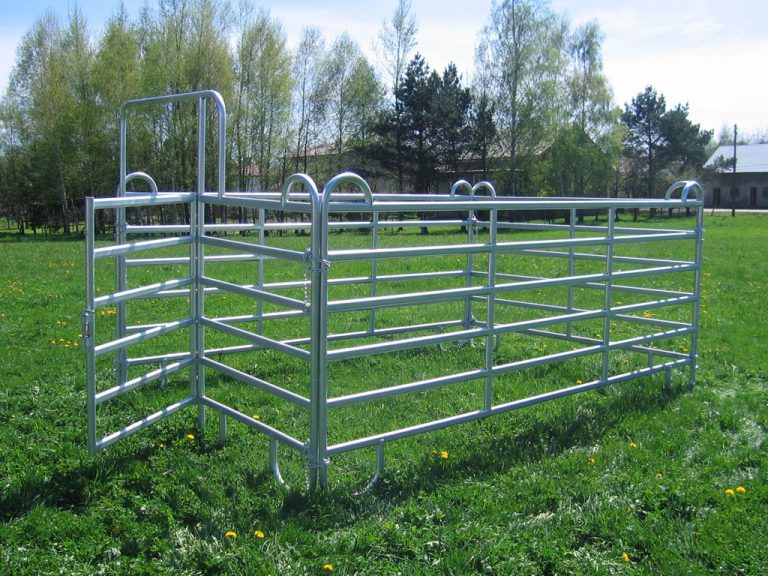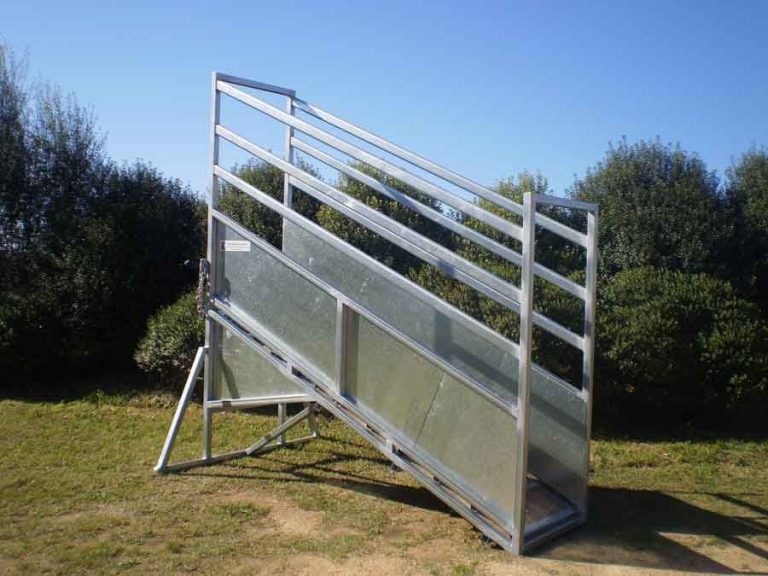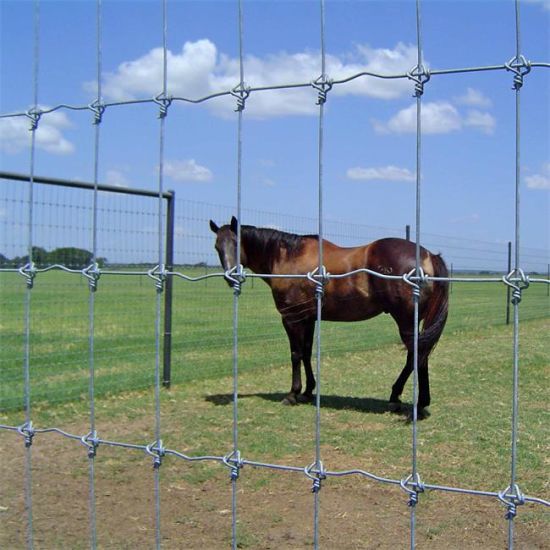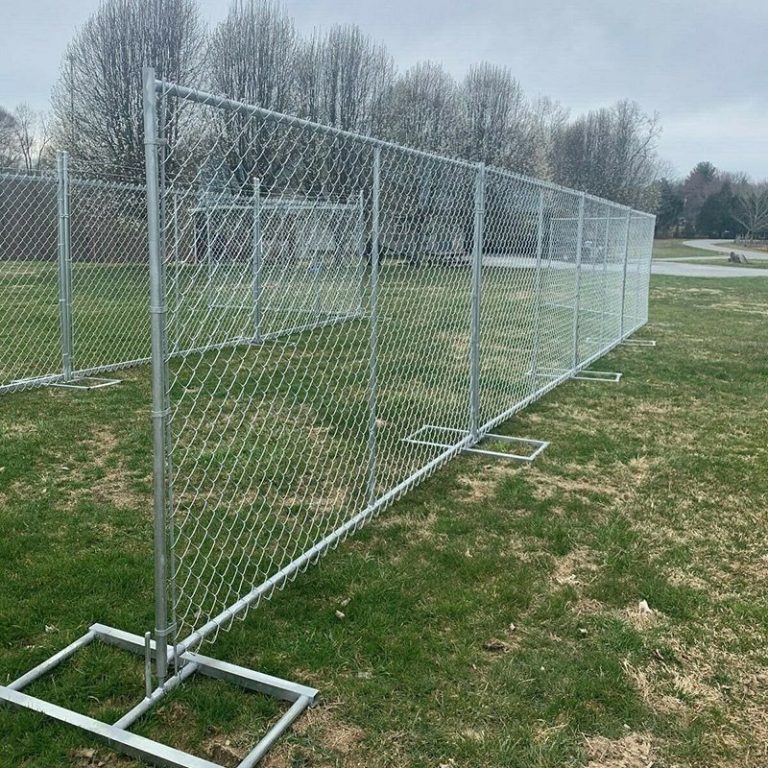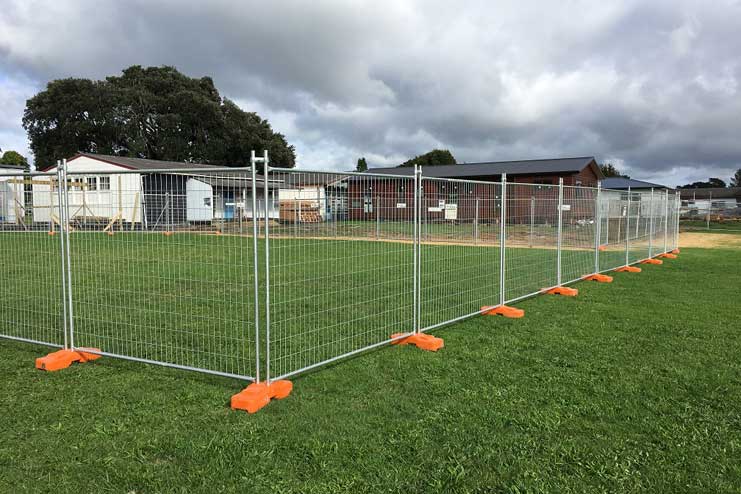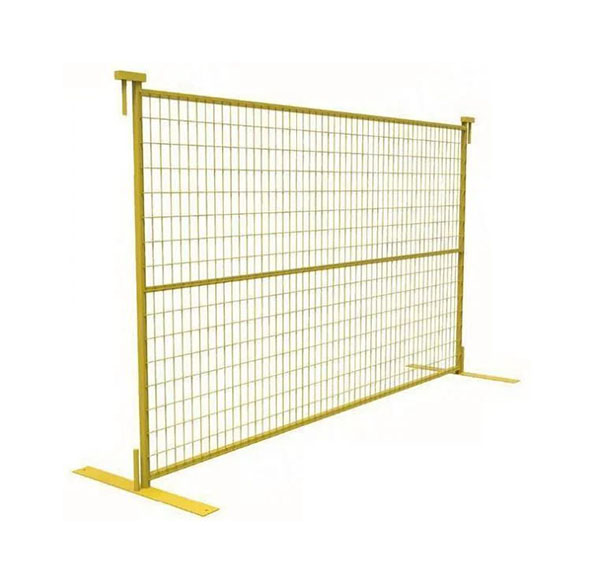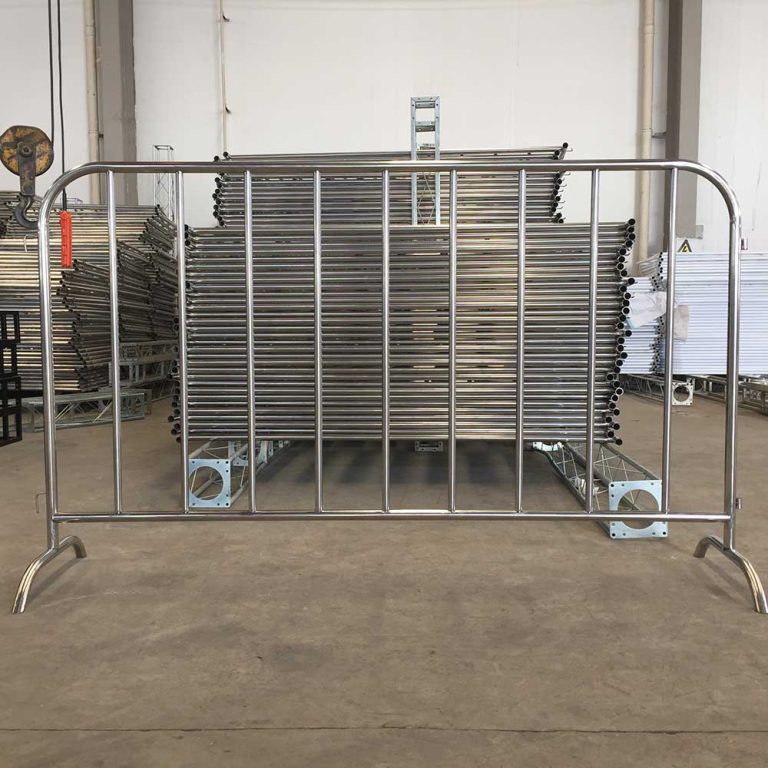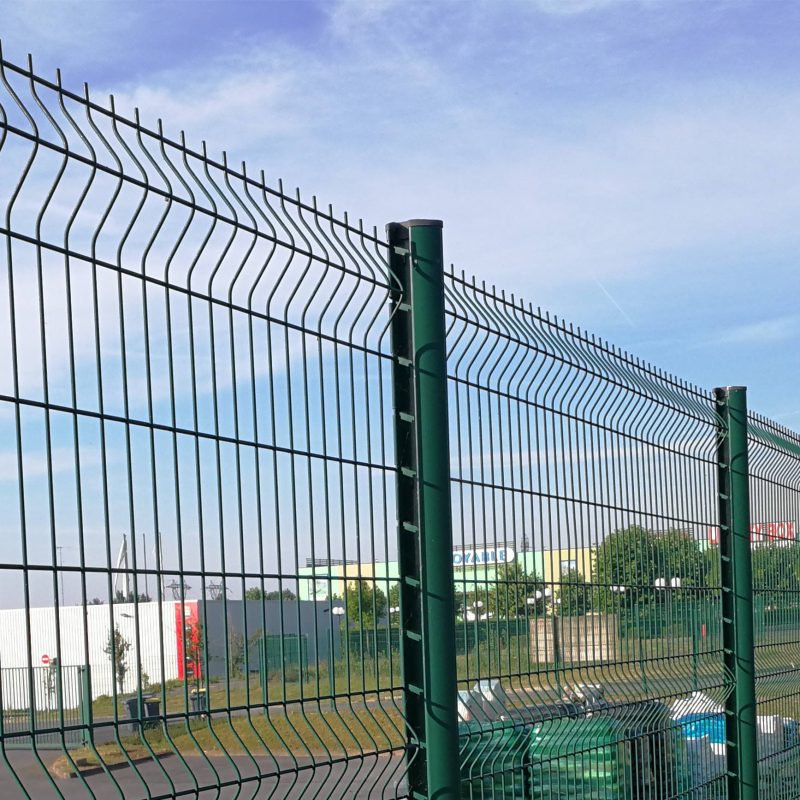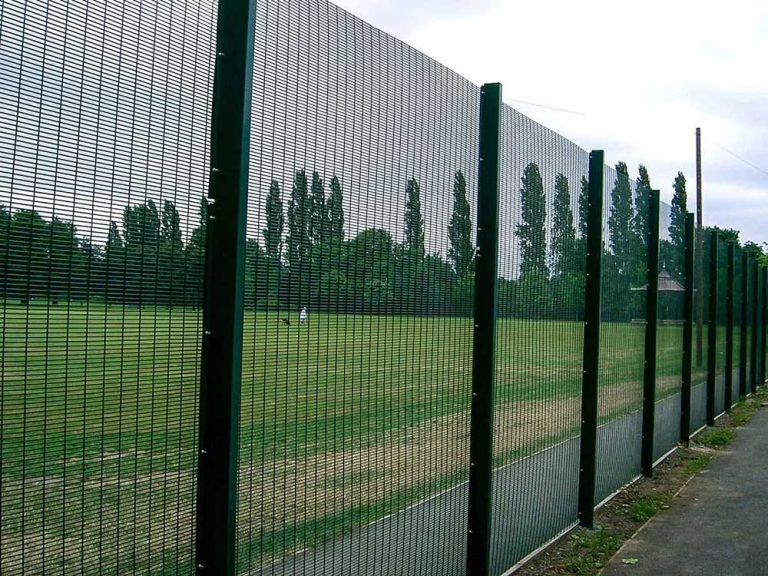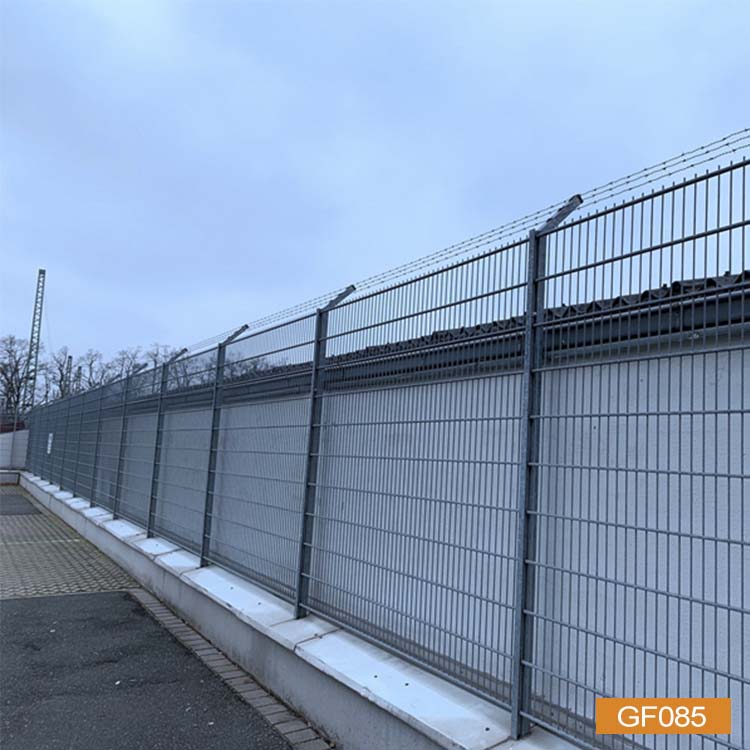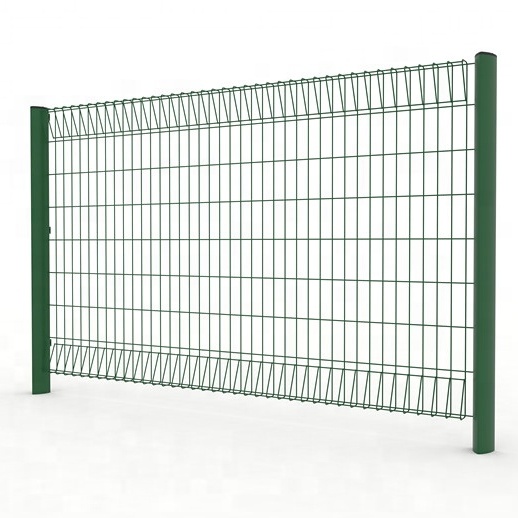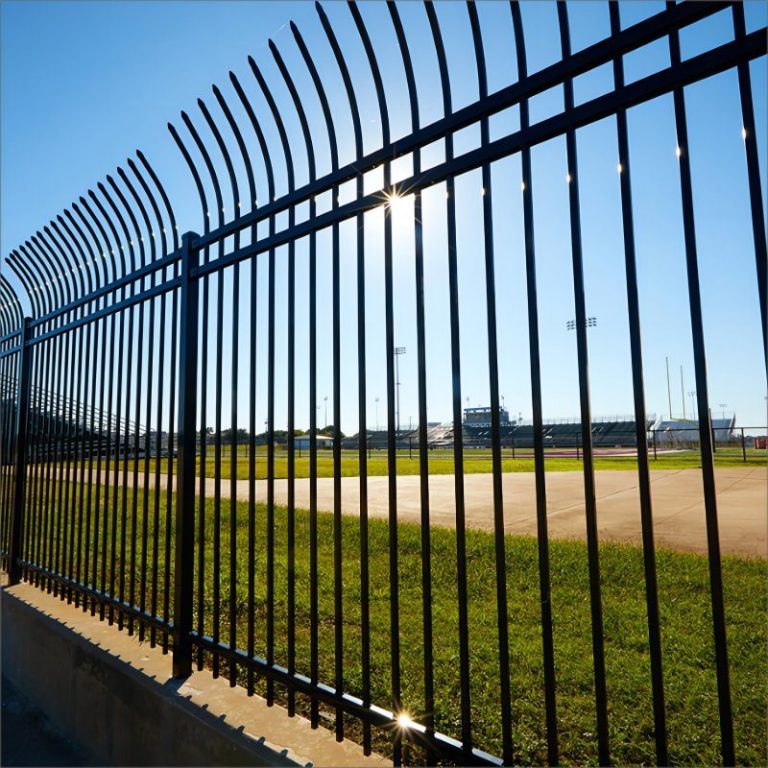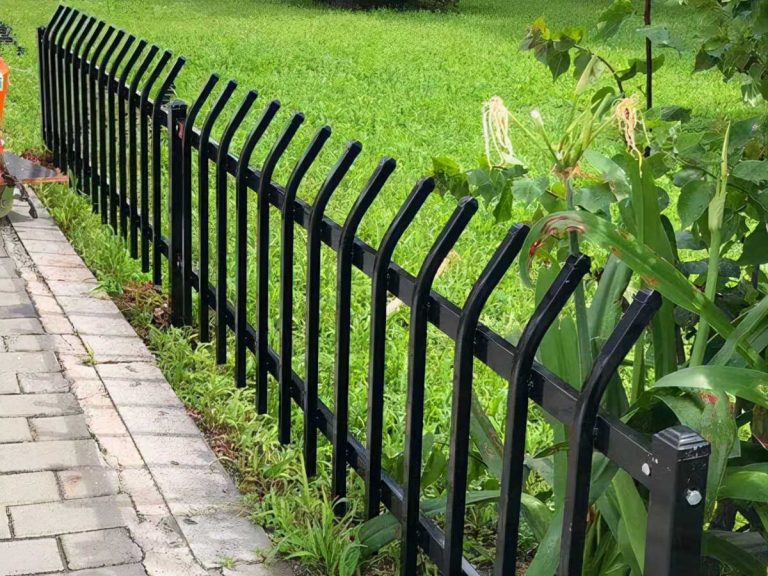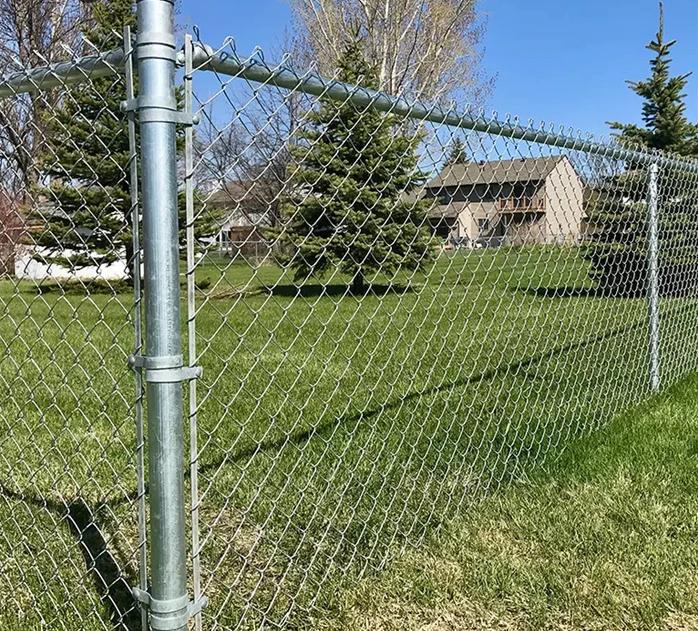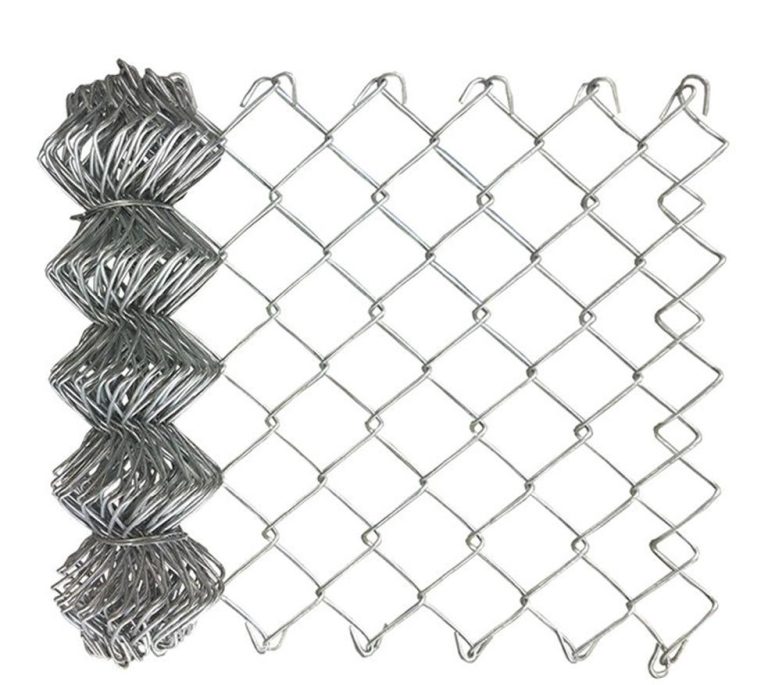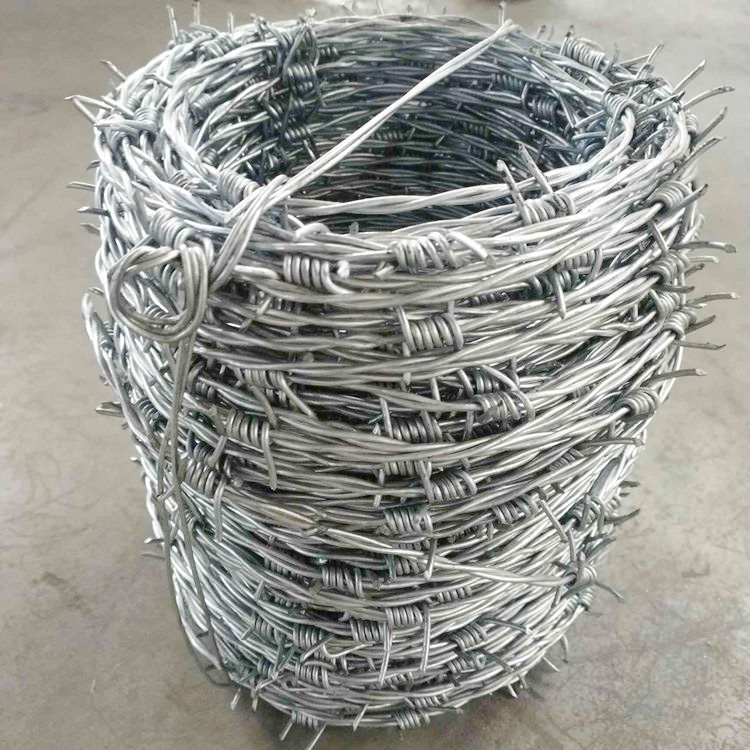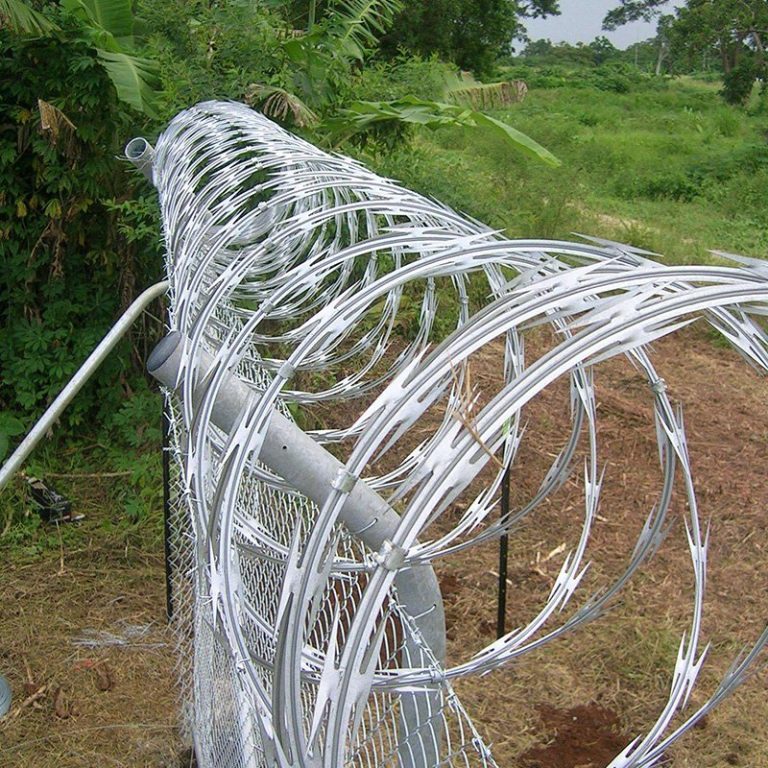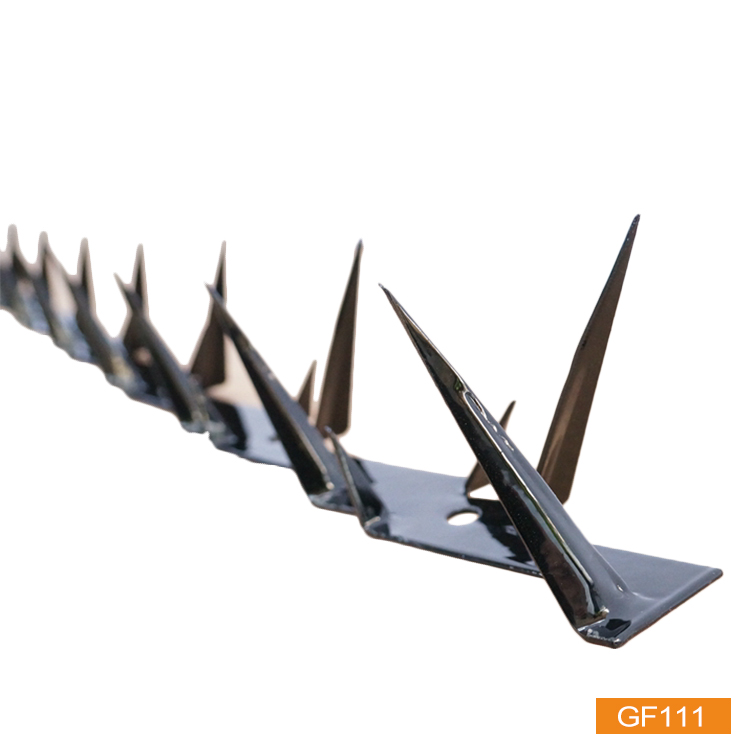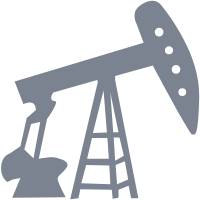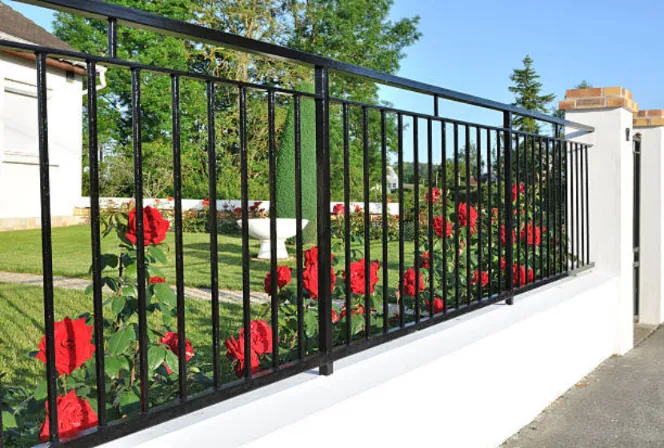
Introduction
Why Choosing the Right Fence Material Matters
Picking the right fence material shapes your property’s look, security, and upkeep costs. Metal and wood stand out as top choices, but buyers often mix them up. Functionality drives decisions. Aesthetics pull at the heart. Longevity saves money down the line. This guide breaks it down to help sort through the options.
Overview of Metal and Wood Fences
Characteristics of Metal Fences
Metal fences use steel, aluminum, or wrought iron. Steel brings raw strength. Aluminum resists rust without much fuss. Wrought iron adds that old world charm with intricate patterns. These materials deliver a modern vibe, sleek lines that fit urban yards or sleek estates. Durability shines here. They hold up against impacts better than most.
Characteristics of Wood Fences
Wood options like cedar, pine, or redwood draw people in with natural warmth. Cedar fights off decay naturally. Redwood lasts in tough spots. Pine keeps costs low but needs more care. These fences offer solid privacy. Panels block views completely. They blend into gardens, giving that timeless backyard feel. August Wilson nailed it once: some fences keep folks out, others hold them in. Practical truth in that.
Durability and Longevity Comparison
How Metal Fences Handle Weather and Time
Galvanized steel or powder coated aluminum shrugs off rain, snow, and sun. Corrosion? Not a big issue. These coatings seal the metal tight. Lifespan stretches decades with little effort. In harsh weather, metal wins. Low maintenance means just hosing it down now and then.
How Wood Fences Age Over Time
Wood takes a beating from moisture, bugs, and UV rays. Rot sets in if not sealed right. Insects chew through untreated boards. Regular staining or painting keeps it going, but skip that and it fades fast. High end woods like cedar resist better, yet still demand attention.
Climate Considerations
Humid coastal areas favor metal. Salt air rusts wood quick, but aluminum laughs it off. Dry regions? Wood holds paint longer without cracking. Cold snaps test both, though metal’s non combustible edge helps in fire prone spots. Think wildfires out west. Metal stops spread better.
Aesthetic and Design Flexibility
Style Options for Metal Fences
Go minimalist with clean steel panels or ornate with wrought iron scrolls. Powder coating comes in colors that pop. Custom shapes during manufacturing let designs fit any yard. Sleek and contemporary, they elevate modern homes.
Natural Appeal of Wood Fences
Wood’s grain and texture warm up spaces. Picket styles charm front yards. Lattice adds airiness. Board on board hides gaps for full privacy. Stains match any landscape, from rustic farms to city lots. It ages with a patina that feels lived in.
Mixing Metal and Wood for a Contemporary Look
Hybrids mix metal frames with wood infills. Strong base, natural face. Popularity rises for that balanced vibe. Not everywhere, but in trendy suburbs, it catches eyes.
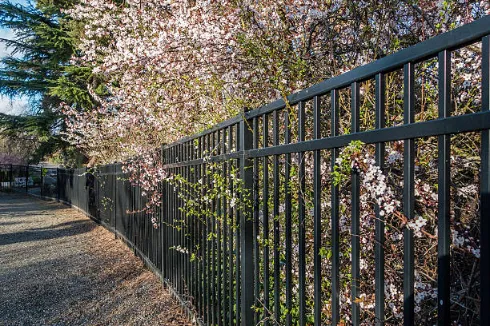
Maintenance and Cost Factors
Long Term Maintenance Needs
Wood calls for yearly checks. Seal cracks. Fight rot. Repaint to fend off weather. Metal? Wipe down rust spots on wrought iron occasionally. Steel and aluminum mostly self maintain. Cleaning beats constant repairs.
Installation and Replacement Costs
Wood starts cheaper upfront. Simple DIY cuts labor. But maintenance piles up. Metal hits higher initial tabs due to pros handling heavy panels. Long term? Durability pays off. Fewer replacements mean savings. Premade panels simplify both, if measurements nail it.
Cost Efficiency for Commercial and Residential Projects
Residential spots lean wood for charm on a budget. Commercial? Metal’s security and low upkeep boost ROI. Think factories or stores. Initial spend hurts less when fences last 30 years.
Security and Privacy Considerations
Security Strength of Metal Fences
Steel or wrought iron deters climbers with pointed tops. Tamper proof welds hold firm. Ideal for businesses or high value homes. Add features like anti climb slats.
Privacy Advantage of Wood Fences
Solid wood panels block sightlines total. Great for backyards. Height adds security, though climbing’s easier than spiked metal. Sturdy builds help, but not foolproof.
Environmental and Sustainability Factors
Eco Friendly Choices in Metal Fences
Metals recycle easy. Long life cuts waste. Production guzzles energy, sure, but durability offsets it. Powder coats skip harsh chemicals over time.
Sustainability of Wood Fences
Renewable if sourced right. Cedar from managed forests beats clear cutting. Treatments leach chemicals, though. Shorter life means more replacements, more trees down. Eco stains help mitigate.
Which Fence Is Right for You?
Matching Fence Type to Your Property Needs
Residential? Wood for cozy privacy. Industrial? Metal for tough security. Low maintenance lifestyles scream metal. Design lovers pick wood’s custom cuts. Weigh budget against hassle.
When to Consult a Professional Manufacturer
Experts guide on specs and installs. JiaHui offers tailored solutions, from custom metal designs to durable wood options. Their advice avoids pitfalls like bad measurements. Pros ensure fit and code compliance.
Conclusion
Metal fences edge out in durability, security, and low upkeep, though they cost more at start. Wood delivers natural beauty and privacy with easier installs, but maintenance looms large. Balance needs like climate, style, and budget. Reliable makers like JiaHui craft high quality fences that last. Pick what fits your property’s story.
FAQ
Q1: What lasts longer, metal or wood fences?
Metal typically outlasts wood, often 20-50 years with minimal care versus wood’s 10-20 if maintained well.
Q2: Are metal fences rust proof?
Not all. Aluminum resists rust best. Galvanized steel fights it off, but wrought iron needs occasional touch ups.
Q3: Can I install a wood fence myself?
Yes, with basic tools like a saw. Precision matters for stability. Metal often needs pros due to weight.
Q4: Which is cheaper long term?
Metal saves over time thanks to low maintenance, despite higher upfront costs.
Q5: Is wood fencing eco friendly?
It can be, with sustainable sourcing. Metal recycles better but production impacts energy use.

